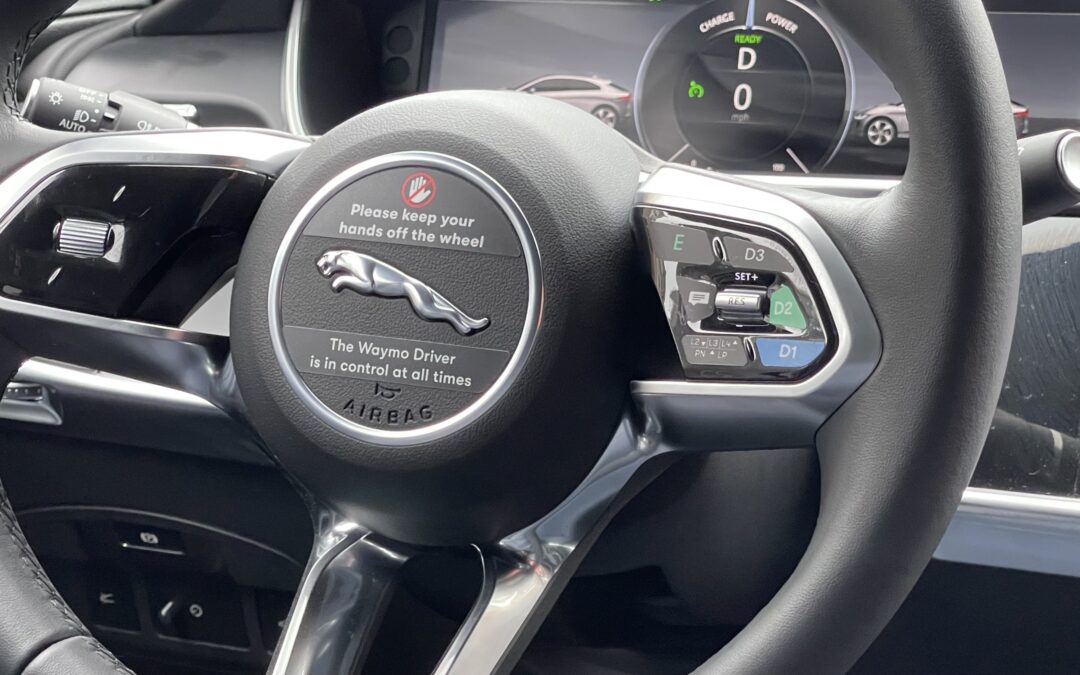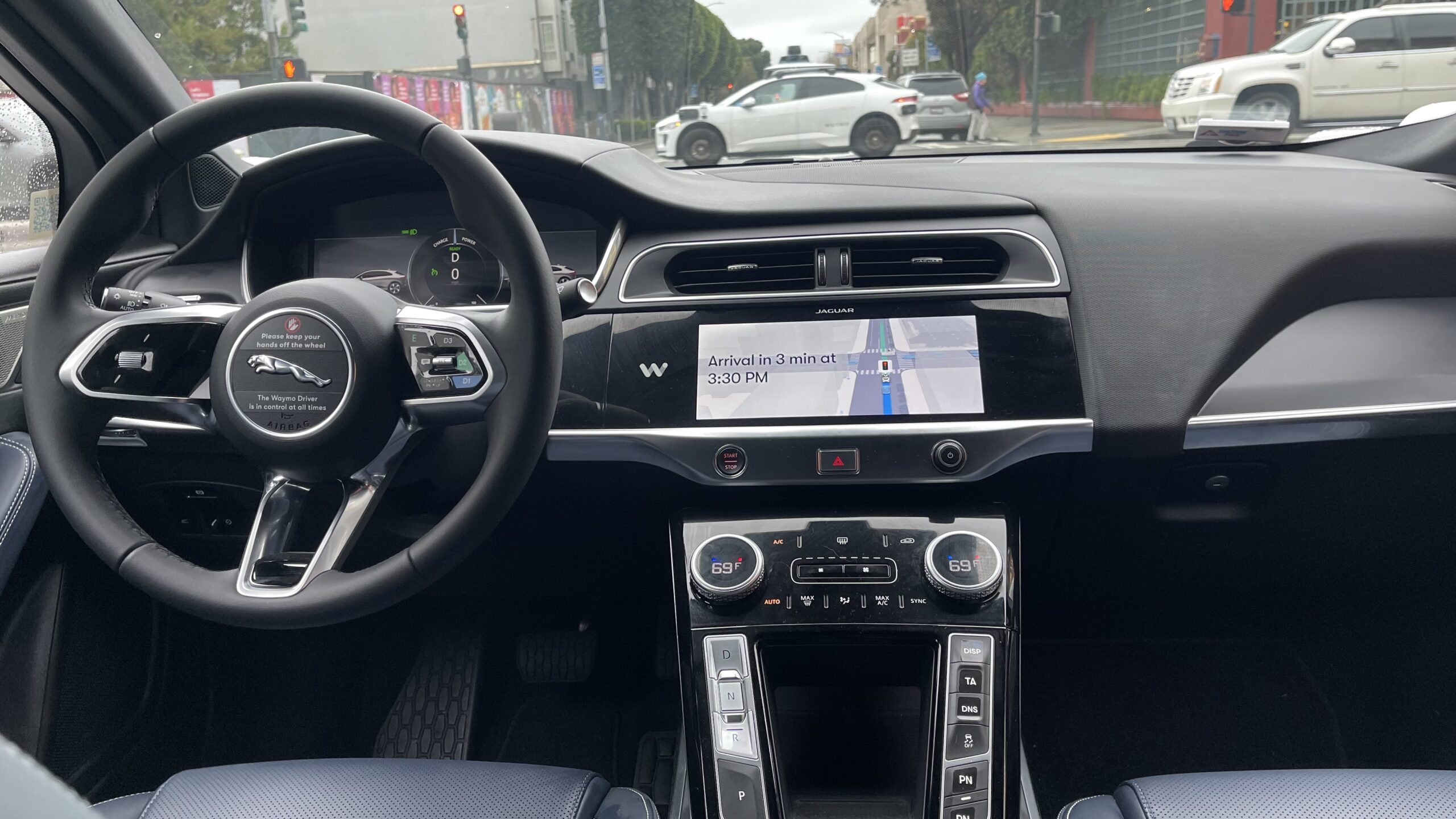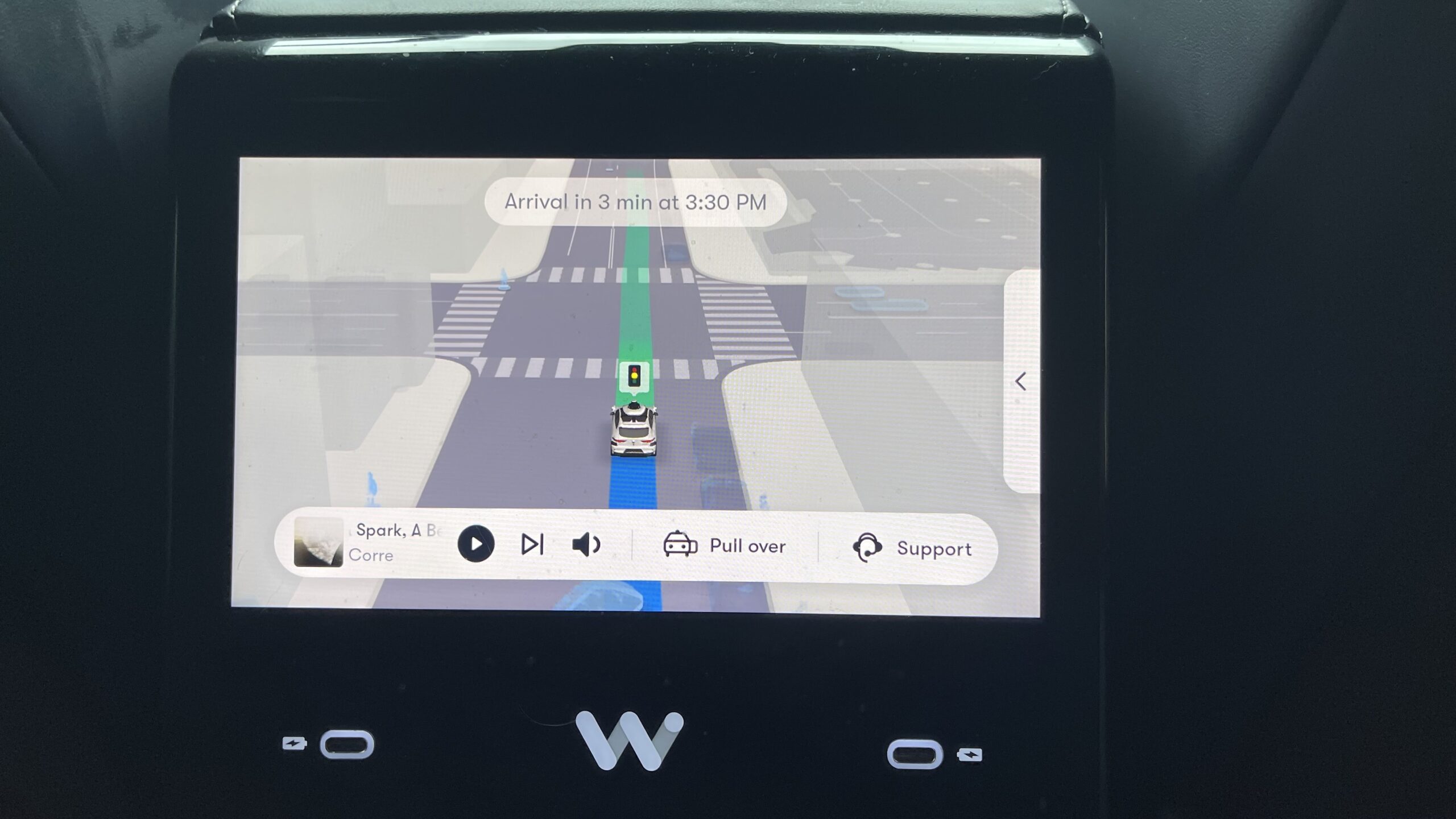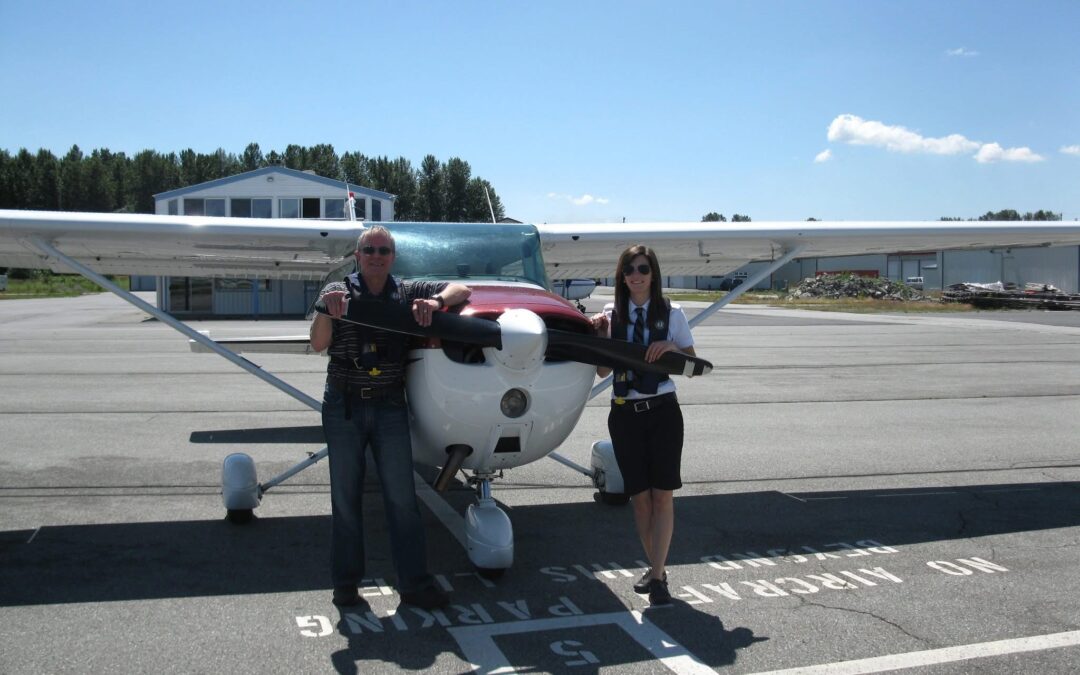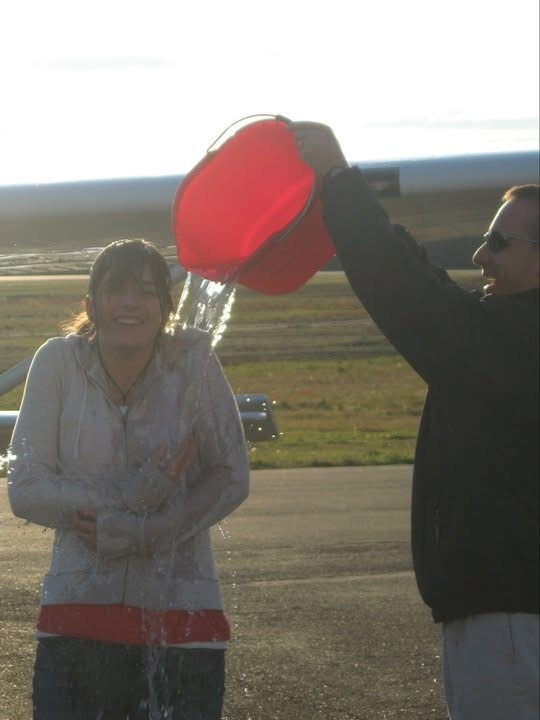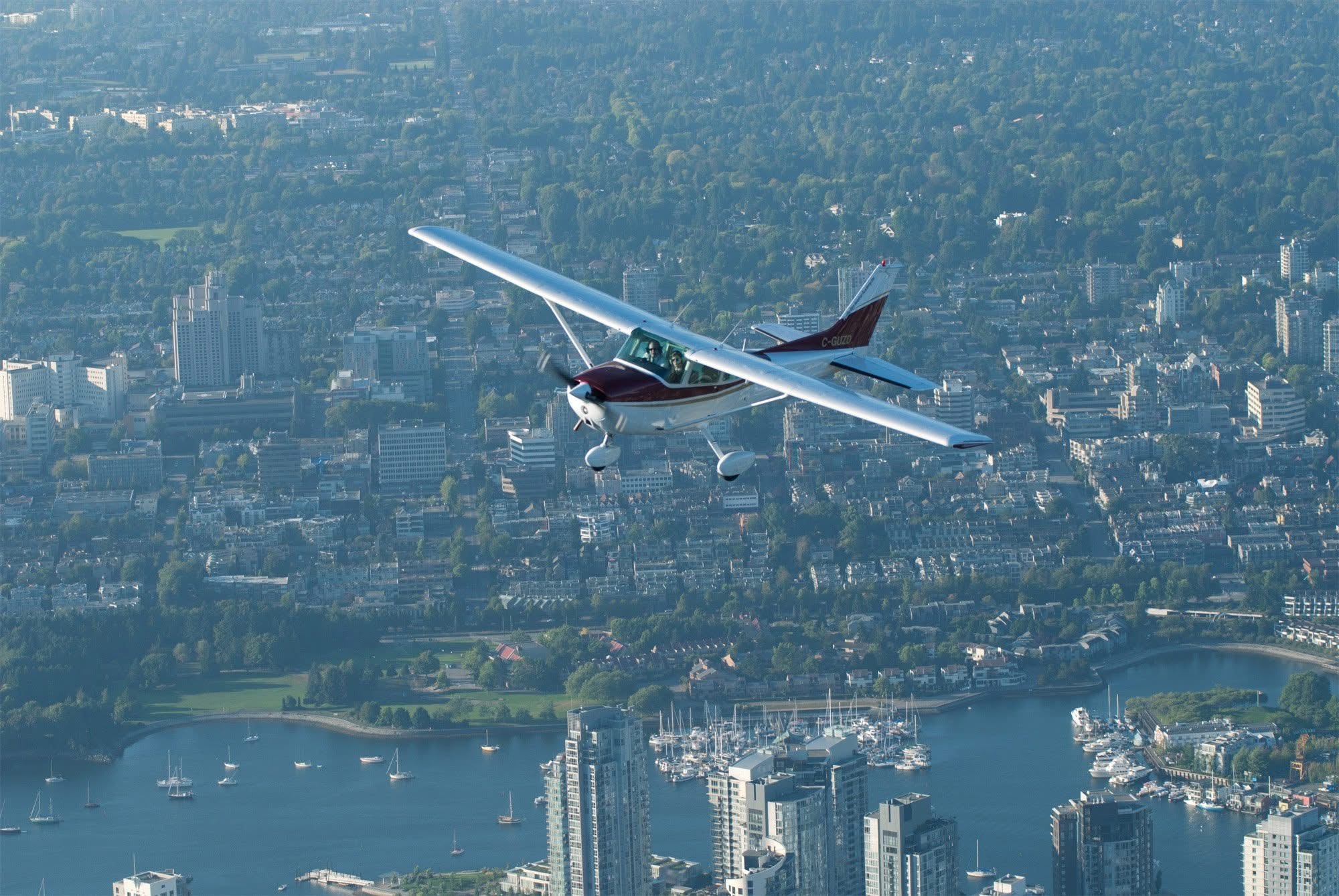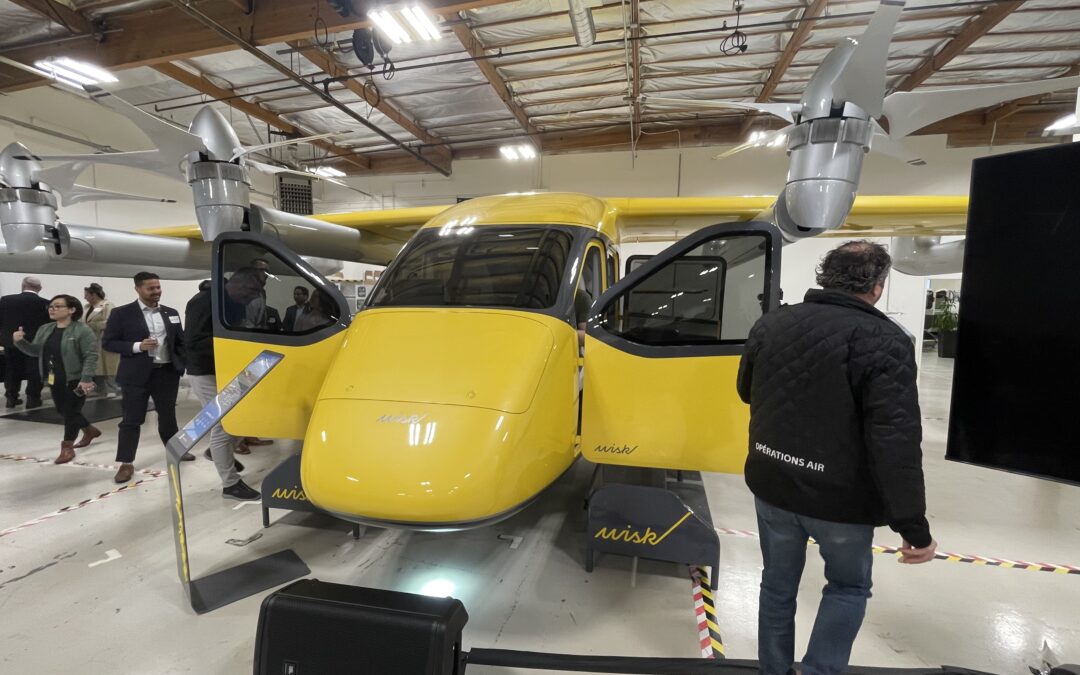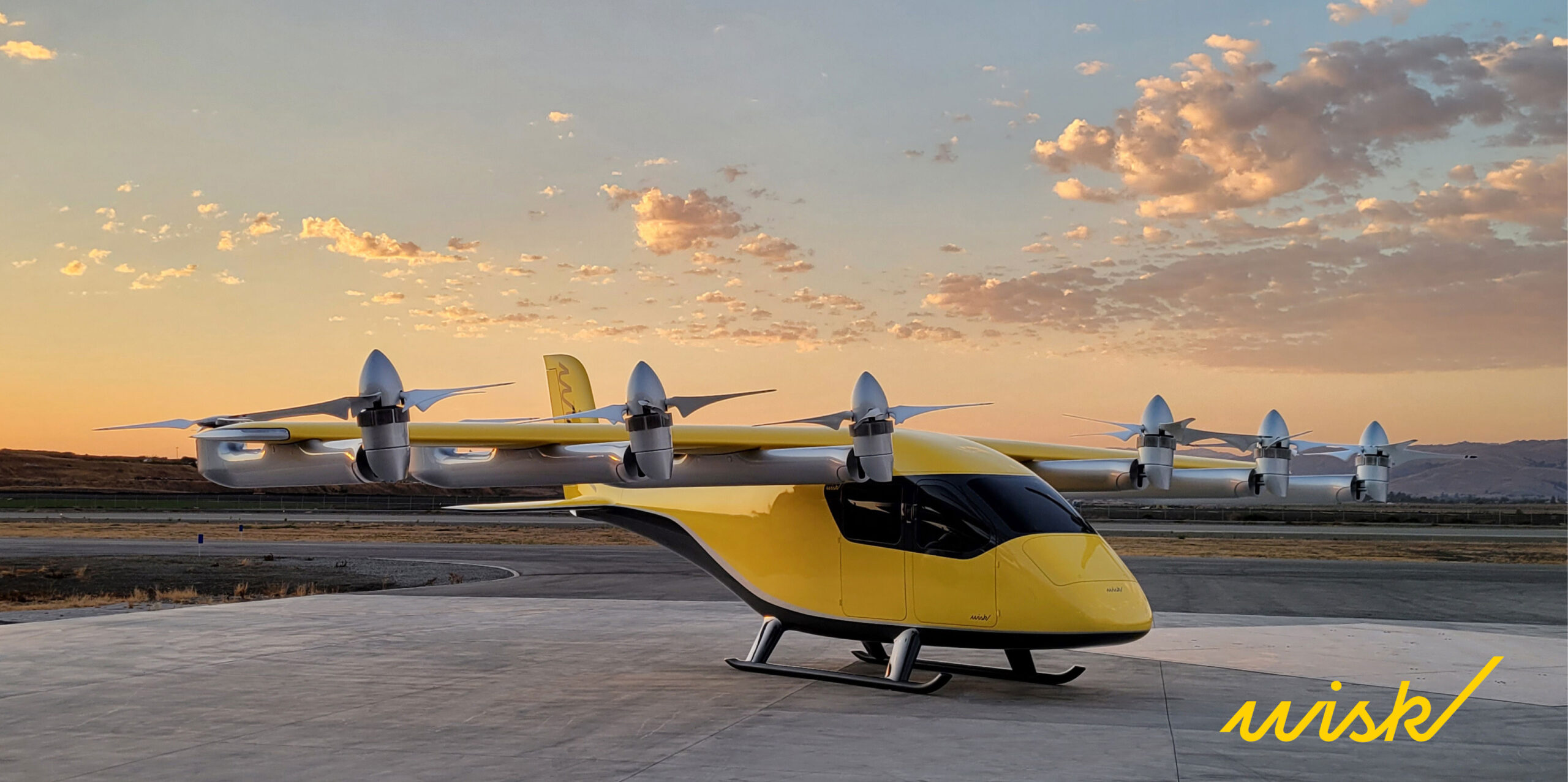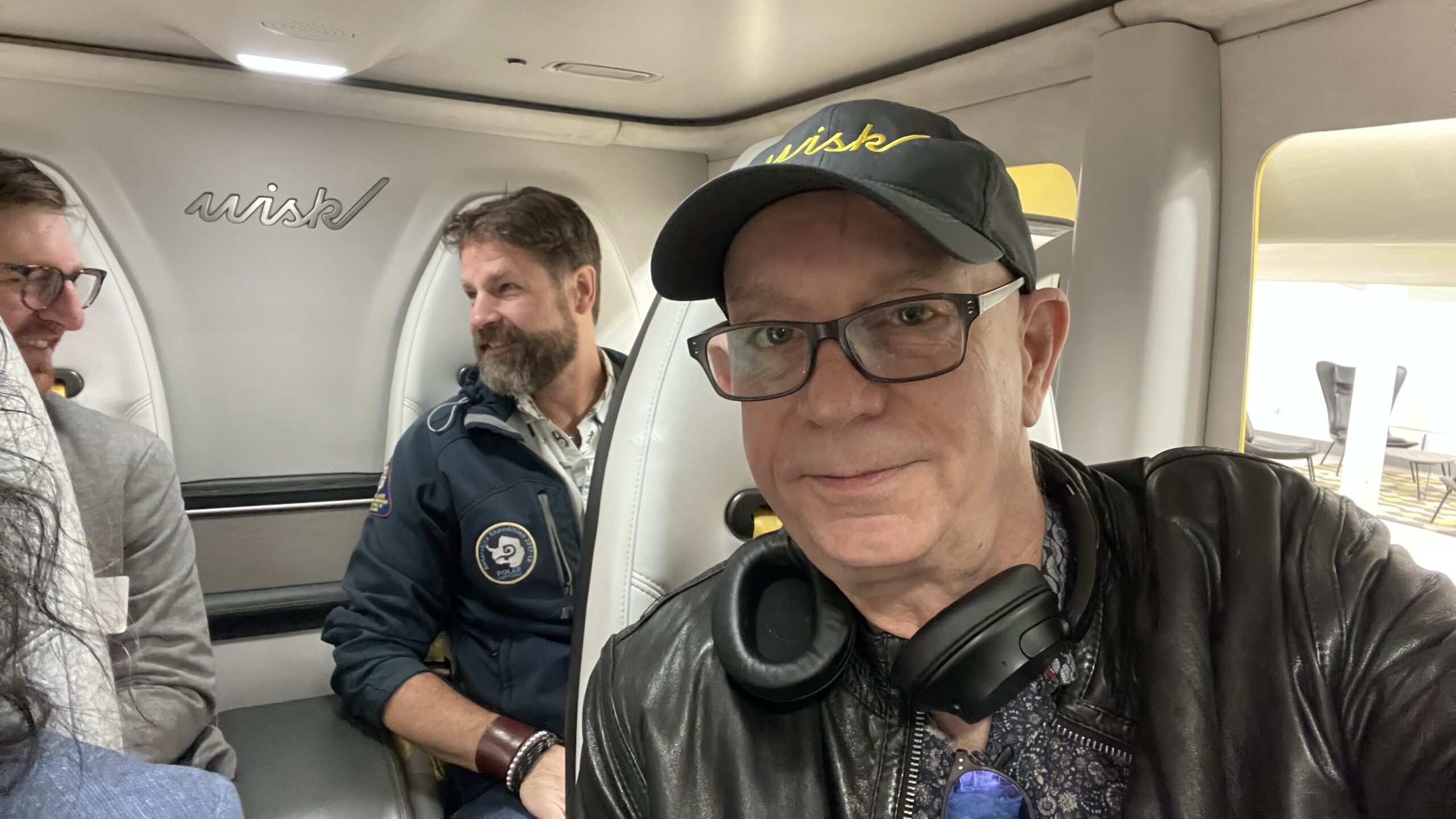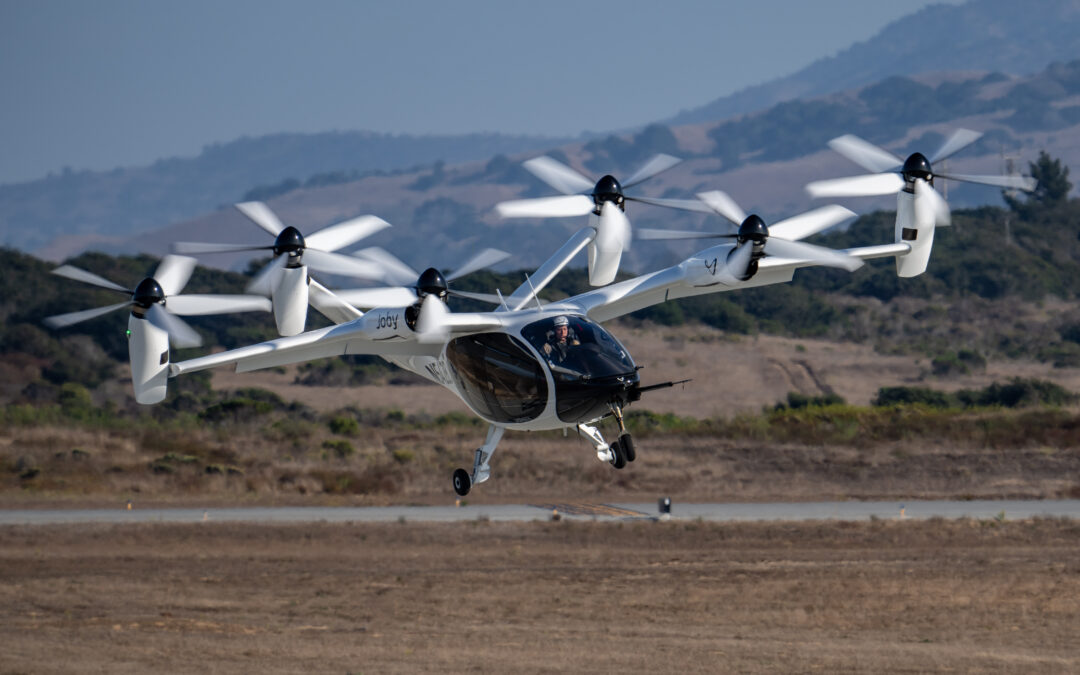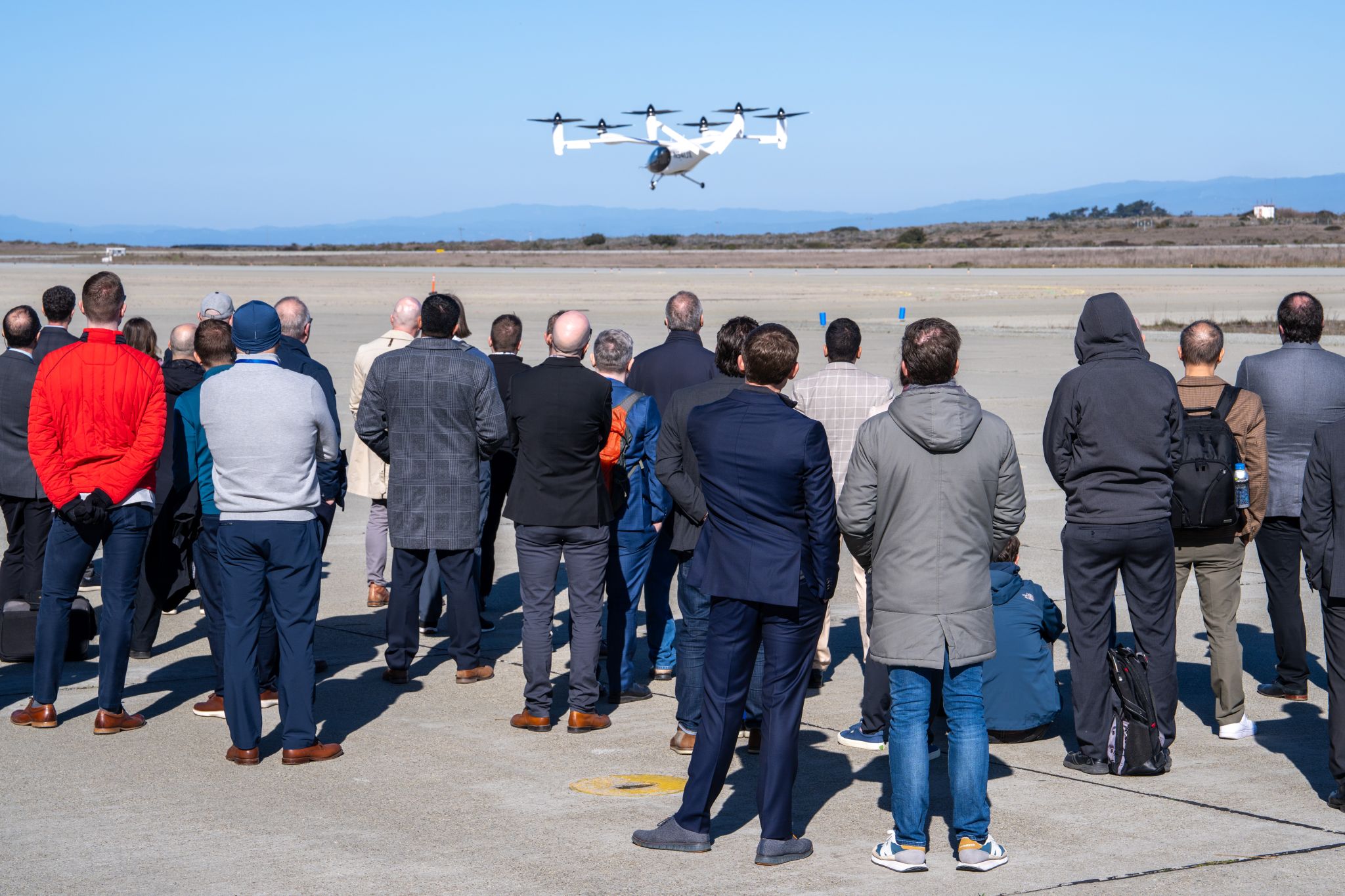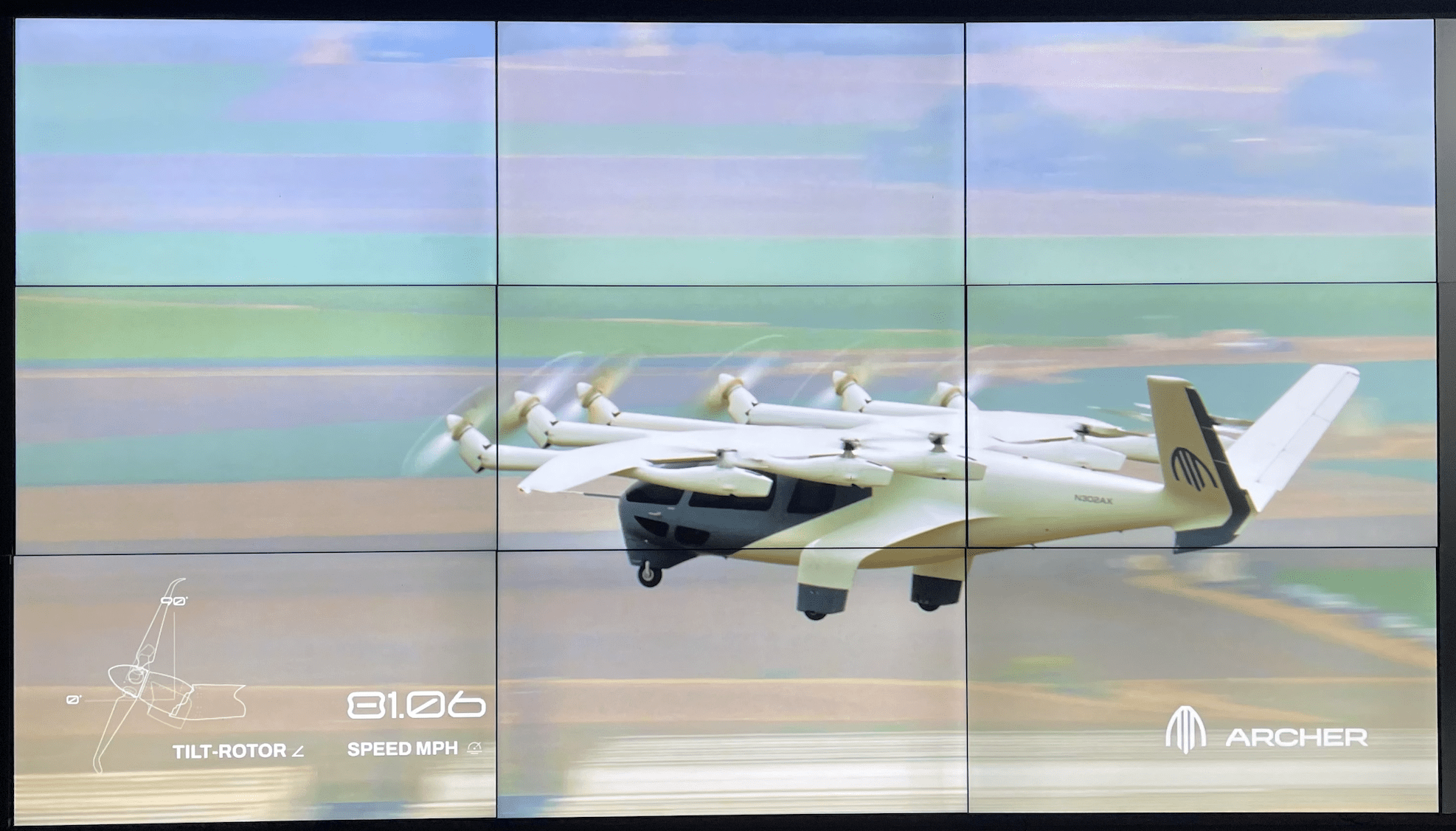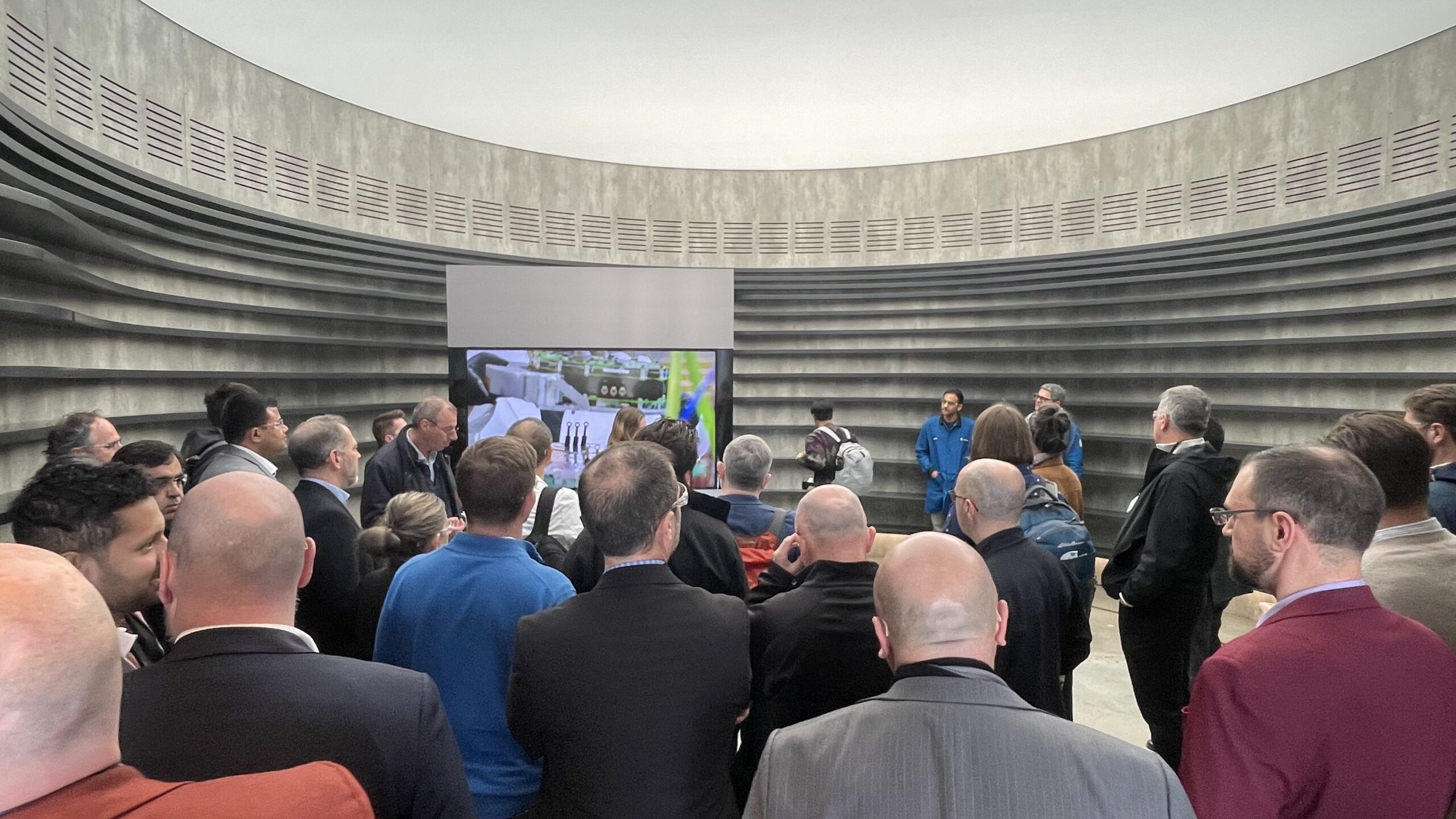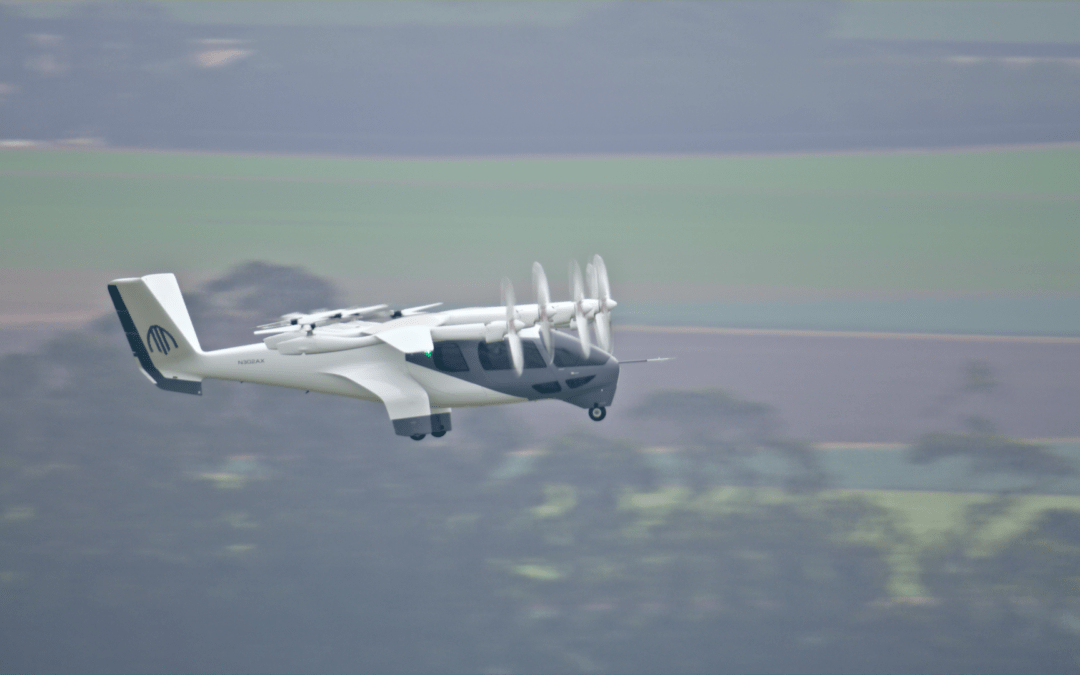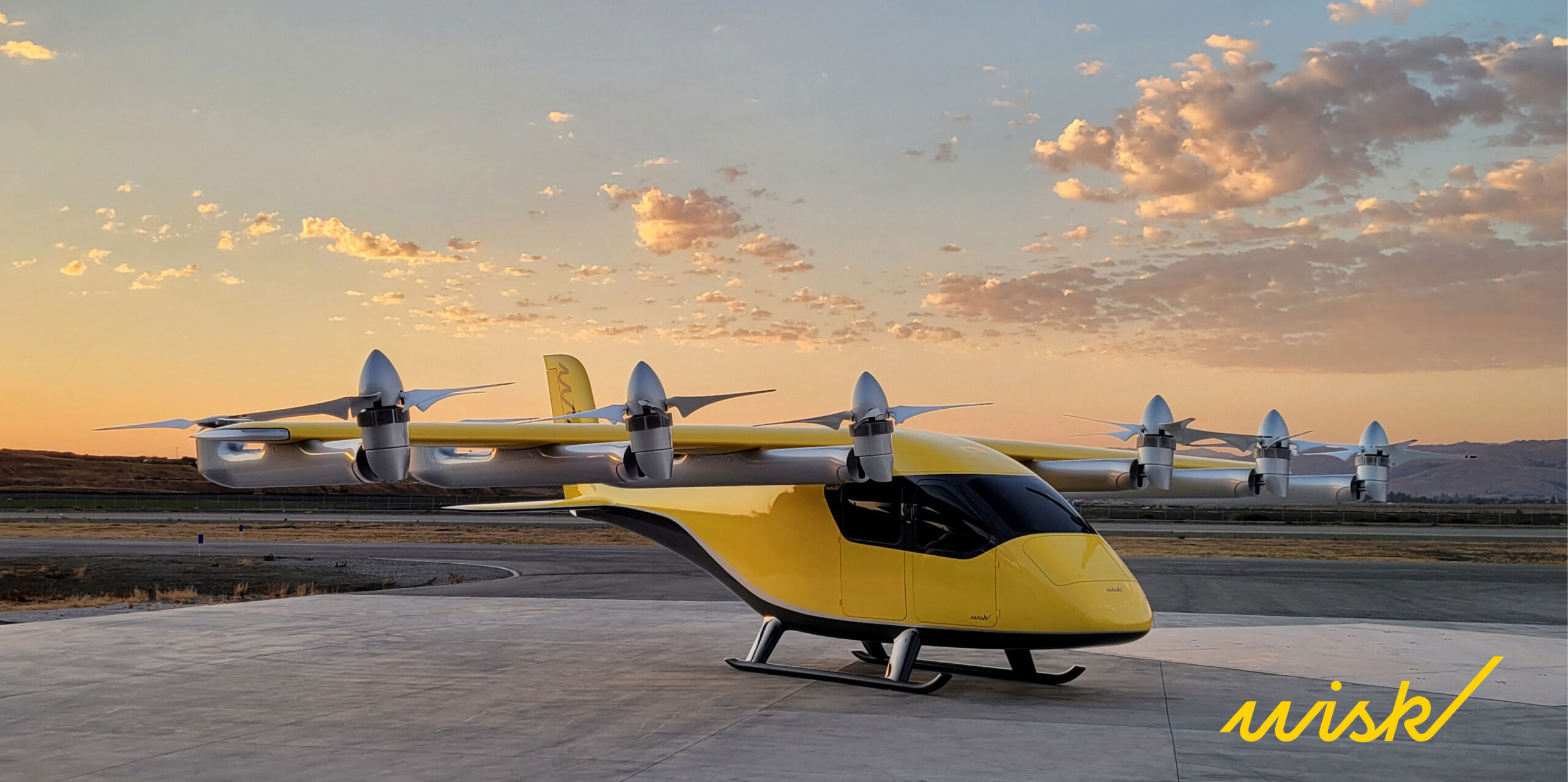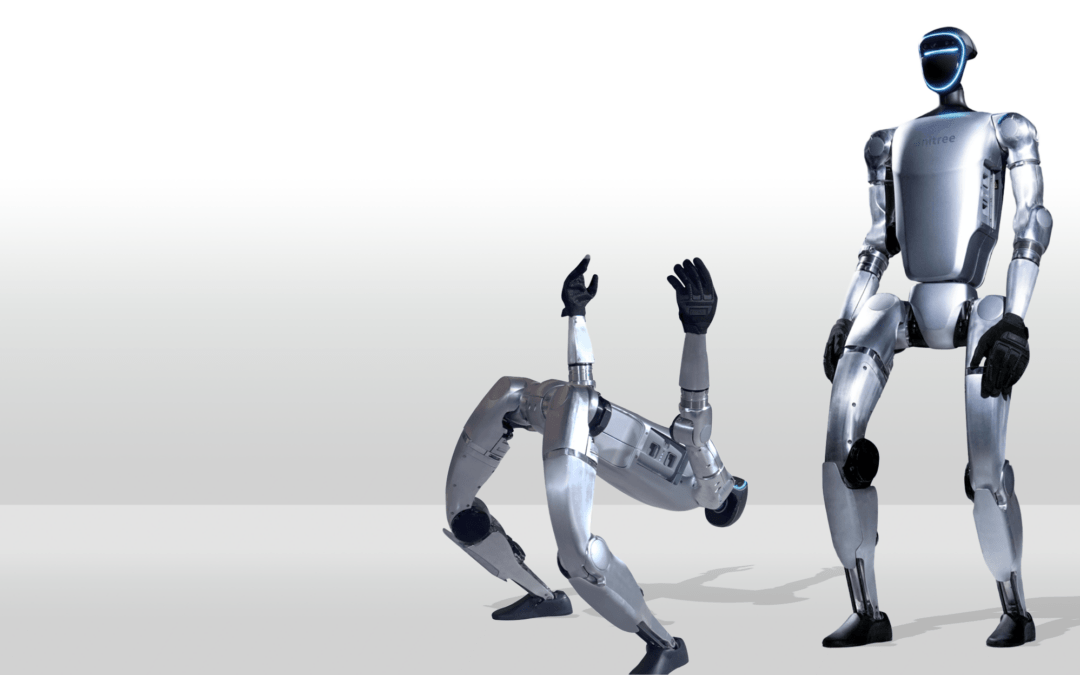
I, Robot: The Humanoids are here
By Scott Simmie
You might own a robot without even realising it.
Have a Roomba? That’s a robot. And a drone? That’s a flying robot. Even a Tesla, in Full Self-Driving mode, is a robot.
There are a lot of definitions out there – but one we particularly like comes from Maja Matarić, a computer scientist, roboticist and AI researcher at the University of California. In her book, The Robotics Primer, she concisely defines a robot as “an autonomous system which exists in the physical world, can sense its environment, and can act on it to achieve some goals.”
Whether that goal is to vacuum your floor, capture aerial data, or weld a part in a factory, we feel this is a really clear definition. It also doesn’t delineate between platforms: A robot that fits this bill could be stationary, wheeled, a quadruped or even a humanoid.
And it’s that last platform – humanoid – that’s been getting a lot of buzz recently. Numerous companies are now manufacturing robots that resemble human beings in their form factor. And, as it turns out, for very good reasons.
Below: Ameca, a robot built by the UK’s Engineered Arts, is known for its eery ability to mimic human expressions
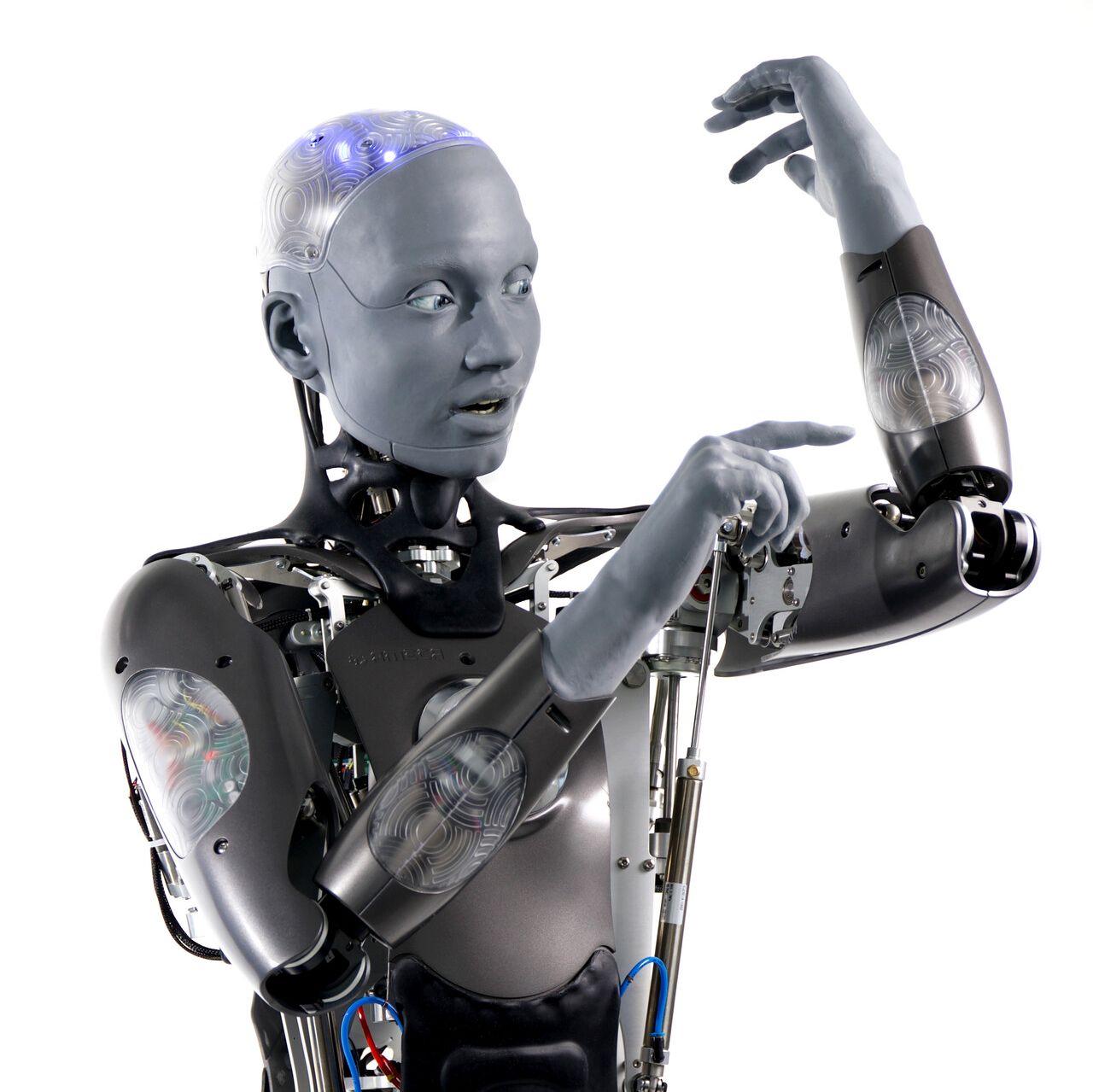
WHY HUMANOID?
The idea of a humanoid robot has been around for longer than you might think. Leonardo Da Vinci designed – and possibly built – an automaton in the late 15th Century. It’s known currently as Leonardo’s Robot or Leonardo’s Mechanical Knight. According to Wikipedia, “The robot’s design largely consists of a series of pulleys that allow it to mimic human motions. Operational versions of the robot have been reconstructed by multiple researchers after the discovery of Leonardo’s sketches in the 1950s.”
It appears that the purpose of this design was for entertainment (which also fits the definition of a goal), but it fell short when it comes to sensing its environment and autonomy. Still, it’s fascinating to know the Italian inventor turned his attention to designing a mechanical device in human form way back then.
It would take another half a millennia before the first true humanoid robot would be built. In the early 1970s, the Wabot was unveiled in Japan. It was anthropomorphic, with two arms and two legs. It also contained a vision system, audio sensors and could speak in Japanese. According to this overview, “It was estimated that the WABOT-1 has the mental faculty of a one-and-half-year-old child.”
Below: A modern reproduction, based on Leonardo Da Vinci’s sketches, of his “Mechanical Knight” complete with inner mechanisms. It’s followed by an image of Wabot-1 from 1973
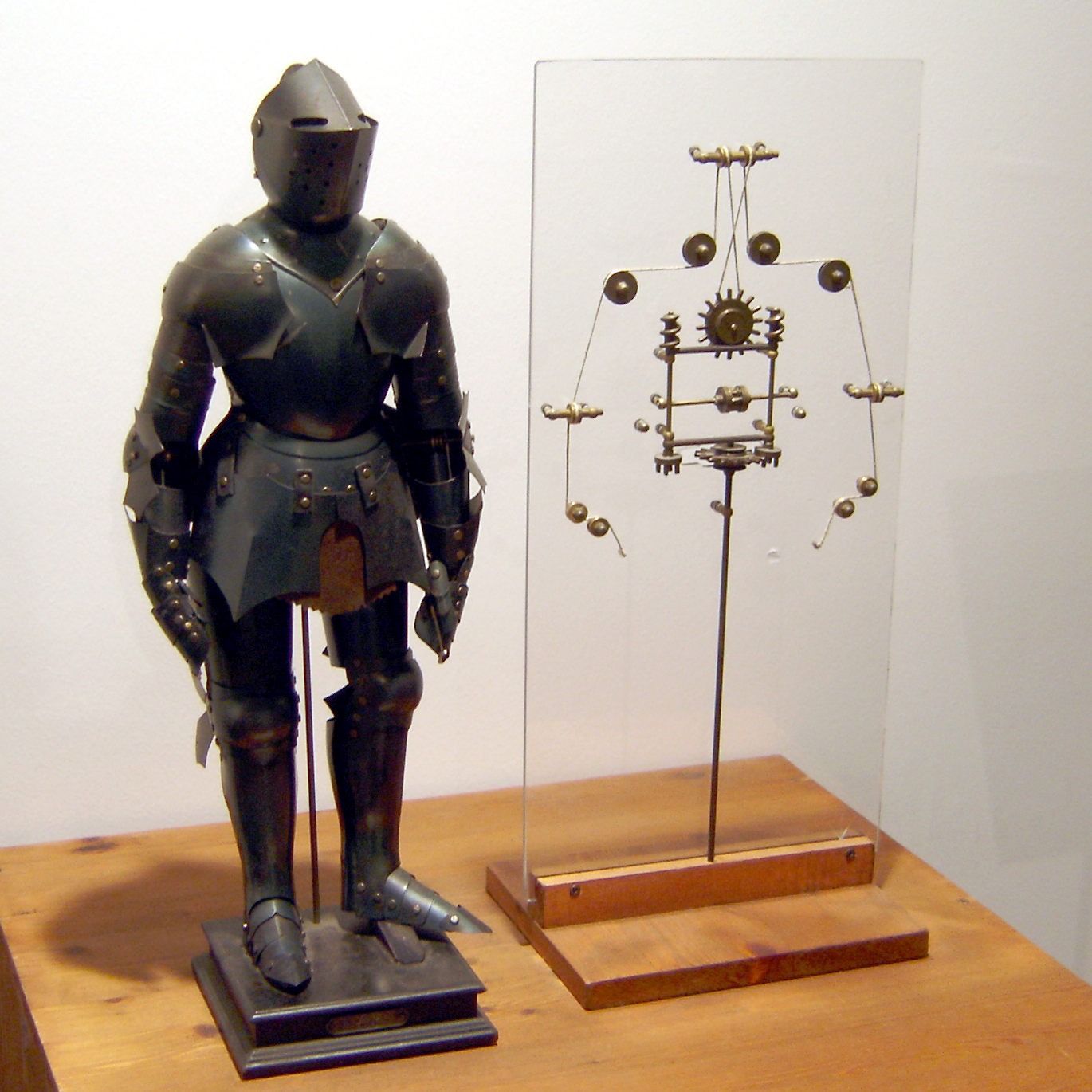
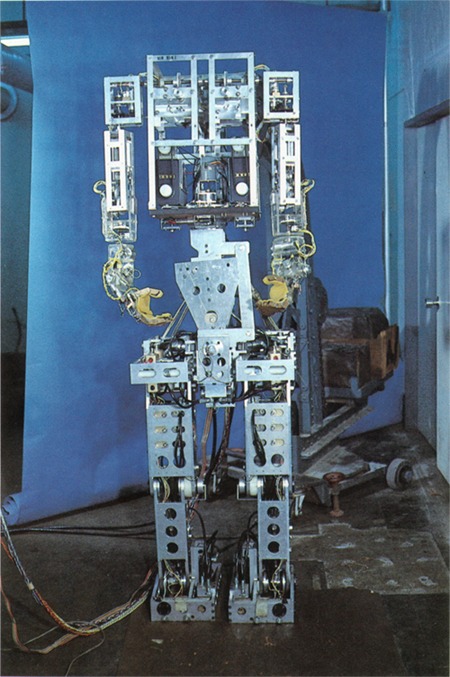
THE HUMAN ADVANTAGE
Why create a humanoid in the first place?
Well, there are certain advantages to a human form factor, particularly when it comes to carrying out repetitive tasks in the real world. And the reason? The world around us has been built for humans. If there’s an existing task carried out by people, say pick-and-place, the infrastructure for that task has been created with humans in mind. That means conveyor belts, shelving, cupboards etc. are all designed for the average human. If you build a robot in a human-like form and roughly to scale, that’s a big advantage.
“You don’t need to change the surrounding infrastructure to accommodate the robot,” explains Head of R&D Sales Luke Corbeth.
“The end result obviously is faster deployment. This applies to factories, homes, hospitals, pretty much any use-case. None of these locations need to be robot native to effectively leverage a humanoid robot because they’ve been built for people.”
In fact, humanoid robots have already been deployed on some factory floors. They’re ideally suited to repetitive tasks such as picking up an item and moving it from one location to another – and contain tactile feedback sensors in their manipulators to calculate appropriate grip strength. They could also be deployed, says Corbeth, in environments built for humans – but which may pose hazards. An example, says Corbeth, might be for inspections or maintenance inside a nuclear facility in a radioactive environment.
“There are a lot of dexterous tasks people are doing today that are very challenging to automate because they require high levels of precision,” he says. “These are perfect tasks for humanoids.”
Looking down the road, many foresee an era when humanoids are affordable enough – and capable enough – for deployment in homes. There, they could carry out some of the more mundane household tasks like cleaning or clothes washing, perhaps even elder care and companionship.
A growing number of companies are now in the humanoid space, including Tesla (Optimus), Agility (Digit), Boston Dynamics (Atlas), and Figure (Figure 02). InDro Robotics is a distributor for Unitree, and carries the G1 humanoid and H1 and H1-2 research and development models. (We can also modify these robots for specific use-cases.)
The base version of the G1 sells for $21,600 US – which is surprisingly reasonable for a humanoid form factor. Corbeth says the current offerings are a result of a “perfect storm” across multiple advances in AI compute, battery, sensor and manufacturing technologies. The more advanced H1 sells for $99,600 US and is better suited for complex R&D.
WHAT’S NEXT
Humanoids are already in the real world. With further and inevitable advances in AI, Machine Vision and Machine Learning (as well as sensors, manipulators, etc.) it’s safe to assume that humanoids will only get smarter and better at smoothly carrying out fully autonomous tasks.
“I think that it will be probably, realistically, three to five years before you see walking humanoid robots around people all the time,” Dr, David Hanson, Founder of Hanson Robotics recently told the South China Morning Post.
“I think we are entering the age of living intelligent machines. It’s coming. Machine consciousness, self-determining machines…it’s on its way. And if we see that happen, then we want to make sure that we make the AI good, compassionate, able to connect and want the best for humans.” Yes, indeed.
And a final note. At some point, these humanoids will be good enough to manufacture themselves. That’s historically been something in the realm of science fiction. However, a recent TechCrunch story pointed out a new partnership between humanoid developers Apptronik and manufacturer Jabril.
“This means that should everything go according to plan, the humanoid robot will eventually be put to work building itself,” says the article.
Below: A C-NET video outlines developments expected in this field in 2025
INDRO’S TAKE
Because we sell and modify humanoids in addition to designing and building our own robots (and robots for clients), we’re obviously interested in this space. While we don’t have plans to develop our own humanoid (yet), we are currently working with the Unitree G1 and H1 models to evaluate and enhance their capabilities. And yes, we’ve already sold these to customers.
“Humanoids are a logical progression in robotics,” says InDro Robotics Founder and CEO Philip Reece. “While they’re not the solution for every use-case, they have a clear role in carrying out repetitive or even dangerous tasks that are currently carried out by humans. I suspect, in the not-so-distant future, humanoids will be working alongside people in an ever-increasing number of settings.”
Interested in learning more? Contact us here.

